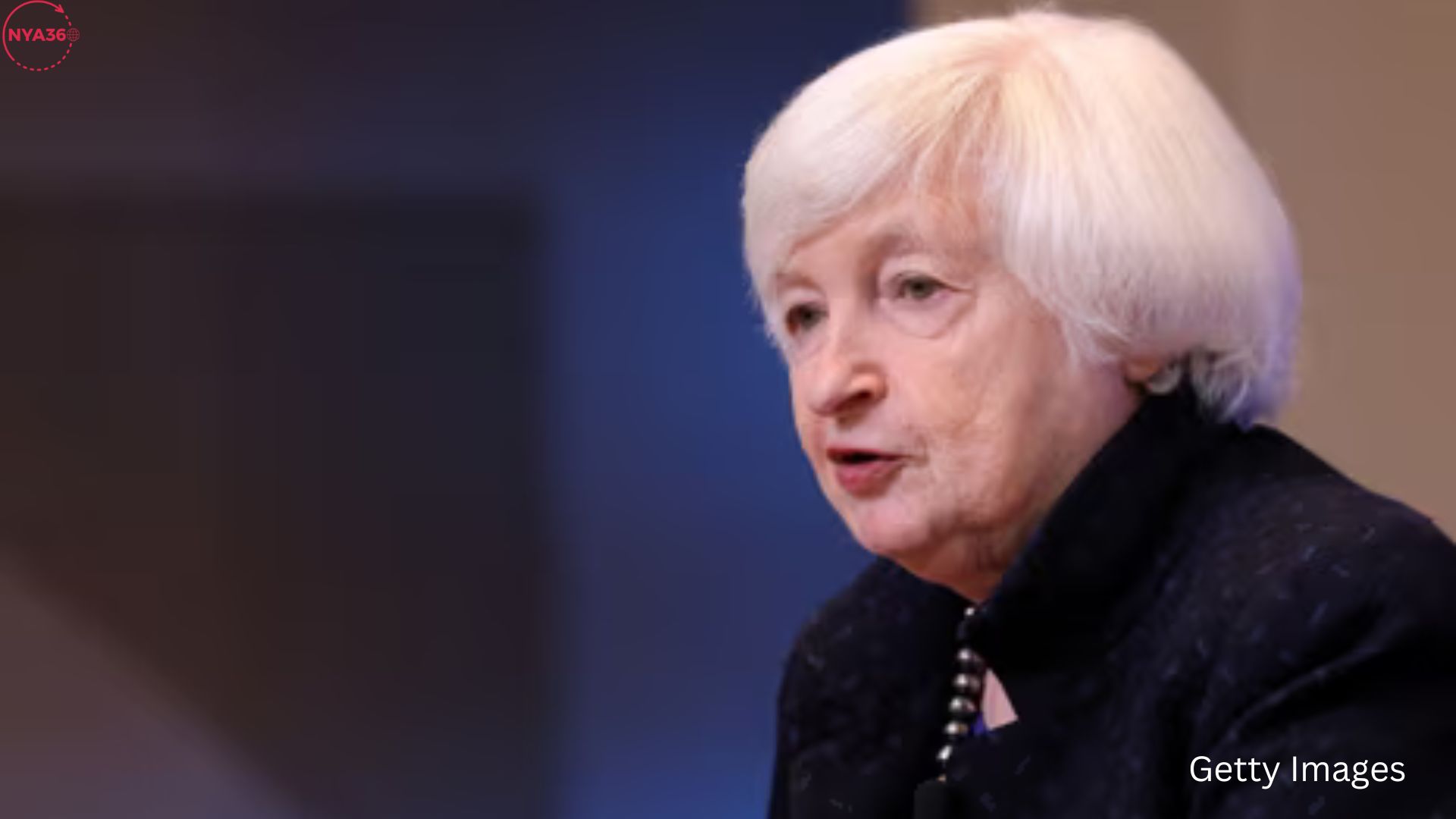The stakes are bigger than ever before as the US hurls into yet another national debt ceiling catastrophe. In her most recent letter to congressional leaders, Treasury Secretary Janet Yellen warned that the US could exceed its borrowing limit as soon as mid-January 2024. To avert a disastrous default on the country’s financial commitments, this prediction has sounded alarm bells in Washington and elsewhere. In the meanwhile, the staggering $36.2 trillion national debt has surpassed all prior records and cast serious doubt on the United States’ ability to meet its financial obligations in the future.
A Chronology of Postponed Accounts
Looking back at the US debt ceiling’s past is vital for grasping the seriousness of the present. Originally set in 1917 to provide the Treasury more leeway to borrow money during WWI, the debt limit is now a constant political flashpoint in the United States. Though its intended function is to limit government expenditure, the spending cap has evolved into a political tool used in delicate discussions.
After weeks of partisan squabbling, Congress finally decided to raise the debt ceiling from $31.4 trillion last year, narrowly avoiding a financial disaster. Deep spending cuts, as sought by fiscal conservatives, were a part of that deal, which was reached under intense duress. Unfortunately, it failed to tackle the underlying causes of America’s mounting debt, which has put the nation on the verge of another financial crisis.
The Crisis’s Quantitative Basis
The U.S. national debt is alarming at its current rate of increase. The current value is $36.2 trillion, up roughly $5 trillion in less than a year, as of the end of December 2023. Concerns about the economy’s viability in the long run have been heightened by the fact that the debt has surpassed GDP by a significant margin. Debt service alone is expected to cost more than $1 trillion per year in interest payments over the next decade, taking money away from healthcare, education, and infrastructure.

The debt has grown at an unsustainable rate due to fiscal policy mistakes made over many decades. The ever-increasing deficit results from a combination of factors, including government expenditure on the military, entitlement programs, tax cuts, and emergency measures like COVID-19 assistance packages. The individual justifications for these expenditures have been sound, but taken together they have left the country with a far smaller fiscal cushion.
The Deadlock in Politics
There is an economic and political dimension to the debt ceiling impasse. A unified vote to increase the debt limit is quite unlikely given the current political climate in Congress. Democrats, spearheaded by President Joe Biden, will fight against austerity measures that threaten social programs and economic recovery initiatives, while House Republicans are expected to seek more budget cutbacks.
There are practical ramifications to this political escalation. If the debt ceiling is not raised, the Treasury will have to decide which payments are most important, which could mean that government employees’ salaries, Social Security benefits, and veterans’ benefits are delayed. The United States’ credit rating could be lowered, similar to what happened in 2011 when the country lost its AAA rating from Standard & Poor’s. Borrowing prices would rise due to such a downgrading, making the budget problems even worse.
Hyperbole or Sign of Things to Come: The Musk Factor?
The CEO of Tesla and SpaceX, Elon Musk, a self-made billionaire, has joined the discussion, bringing his signature flare for extreme forecasts. Musk recently predicted that the US would declare bankruptcy, pointing to the nation’s rapidly increasing debt. Although his claim is exaggerated, it highlights a rising worry among corporate executives and economists regarding the sustainability of America’s budgetary trajectory in the long run.
Anxieties are widespread, and Musk’s warning reflects that. The world’s financial markets might be in for a rough ride as the US government gets closer to default. Maintaining the dollar’s position as the world’s reserve currency depends on how stable the American economy is perceived to be. This trust would be severely damaged in the event of a default, which may cause a shift in investor sentiment toward safer havens like gold or cryptocurrency and disrupt global trade.

Prompt Action and Uncertain Results
Treasury officials have hinted that they will use “extraordinary measures,” a tactic they have used in previous crises, to prevent a default. As a general rule, these actions entail shifting money about in government coffers to temporarily increase the borrowing capacity of the country. But these kinds of moves just solve the symptoms and not the root of the problem.
The genuine fix is long-overdue budgetary reform, which no government has been able to accomplish thus far. Among the many suggestions made by economists are changes to tax laws, overhauls of entitlement programs, and more stringent budget limits. However, in light of the current political climate’s polarization, these steps necessitate political will and cooperation across party lines.
The Worldwide Consequences
Much beyond the United States of America, the debt ceiling situation has global implications. The United States is essential to international monetary systems due to its status as the world’s biggest economy. Destabilizing economies already struggling with inflation, supply chain problems, and geopolitical concerns, a default would send shockwaves through worldwide markets.
China and Japan, two countries with substantial U.S. debt, would suffer rapid losses. Borrowing prices might skyrocket, making economic inequality worse in emerging nations that depend on loans denominated in dollars. A U.S. default would have far-reaching and significant consequences, demonstrating how interdependent the modern global economy is.
Forward Movement
The necessity for swift action is evident as the January deadline approaches. Realizing that the costs of doing nothing exceed the rewards of engaging in party brinkmanship, policymakers should put economic stability ahead of political posture. An agreement to long-term budgetary restraint should accompany the temporary measure of increasing the debt cap. The involvement of the public is equally important. The people have a right to demand openness and accountability from their representatives in government. To end the pattern of crisis-driven policymaking, it is important to inform the public about the fallout from the debt ceiling crisis to foster agreement on concrete reforms.
The difficulties of contemporary government in today’s complicated and linked globe are vividly illustrated by the current U.S. debt ceiling problem. The situation is more precarious than it has ever been, what with the $36.2 trillion in debt and the impending deadline. Aside from influencing the future of the American economy, the decisions taken in the next several weeks will have global ramifications. Whether it’s through wise change or political compromise, moving forward needs bravery, foresight, and a steadfast dedication to what’s truly important. Time is of the essence right now, and everyone is keeping tabs.
Follow us on social media: Instagram, Threads & Twitter X @nya360_ YouTube & Facebook @nya360.





